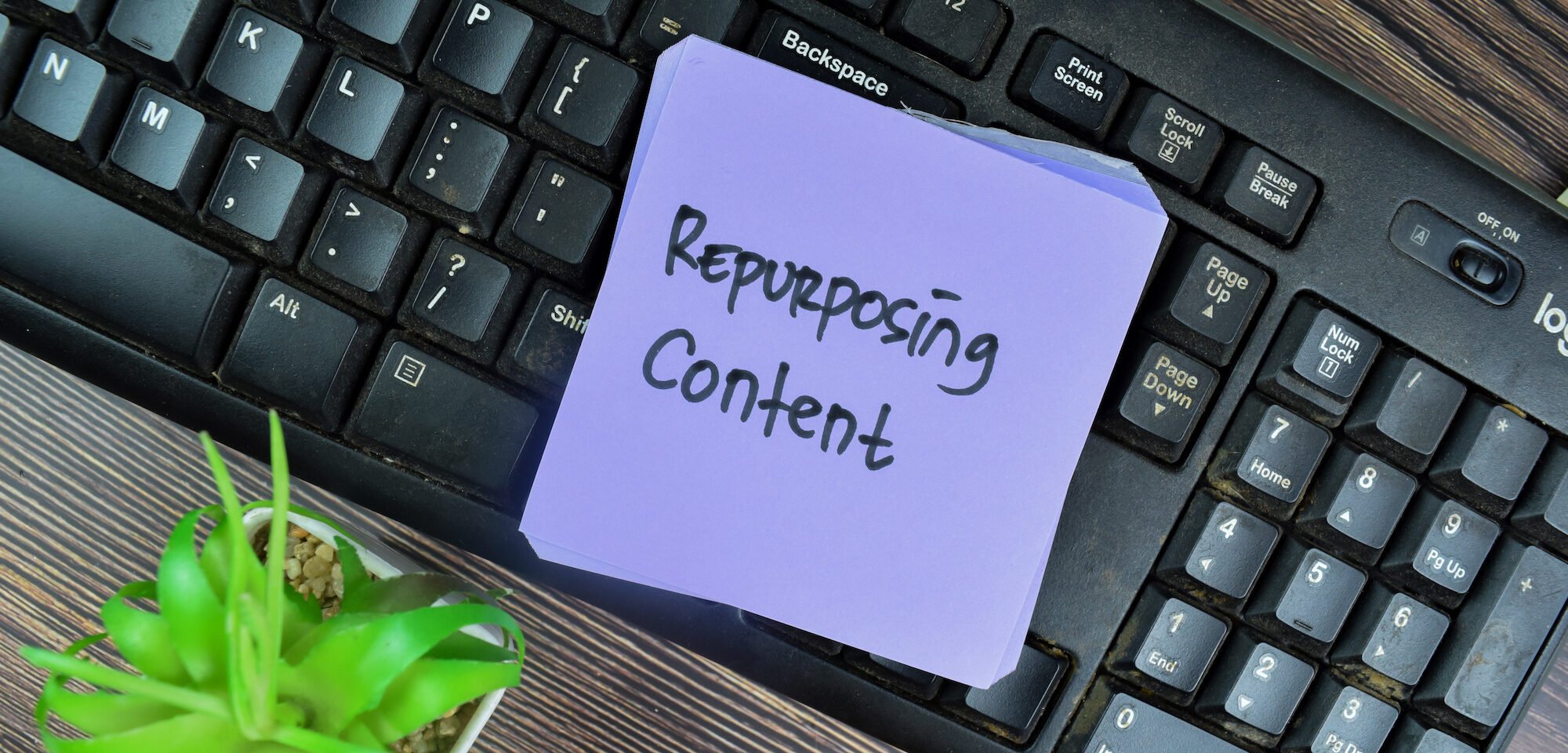
Efficiency pressure in content marketing. How to increase your reach and reduce costs with content repurposing

The possibilities in content marketing are becoming ever more extensive through the use of new tools and AI in particular, especially in 2023. However, cost pressure is increasing and marketers still have to keep an eye on the balancing act between expenditure and ROI. Content repurposing offers them the opportunity to prepare content in a cost-saving way and achieve greater reach. In this article, you can find out what content repurposing actually means and what needs to be taken into account.
How do I reach a broad target group with my content while using my marketing budget as efficiently as possible? Many marketers are faced with this question. After all, according to
HubSpot's Marketing Strategy & Trends Report 2023 70% of respondents see securing the necessary budget as the biggest challenge, while 69% focus on expanding their reach through email marketing measures and social media.
However, producing and distributing the necessary content is expensive, which is why 6 out of 10 marketers distribute the same content unchanged on several platforms in order to achieve the necessary reach. However, this means they are not using the full potential of their existing content. The magic word here is content repurposing.
What needs to be considered with content repurposing
But what is content repurposing? With this tool, content that has already been played out via certain channels is used to create new content in modified formats and for other platforms. Marketers can thus reduce their expenditure and produce high-quality and effective content at the same time. This strategy therefore goes beyond simply updating articles (content remastering) or republishing old content (content republishing).
When preparing content, however, you should always consider the weighting and content orientation in the respective channels. While the company blog is well suited to content from the areas of “thought leadership” and customer loyalty, for example, content from the area of “branding” should be placed on the social media channels. You can also find more information in this article.

To make content repurposing successful, there are a few basic rules to follow:
✏️ Adjust
Marketers should thoroughly check the content they want to use for content repurposing.
Are adjustments necessary, is there new information or does something need to be removed?
✏️ Combine
Relevant target groups can be better reached by combining different content.
Can different posts be combined, even if they are thematically different?
✏️ Expand
Some content can be expanded into more in-depth articles. Which content is suitable for this?
When preparing content, however, you should always consider the weighting and content focus of the respective channels. While the company blog is well suited to content from the areas of “thought leadership” and customer loyalty, for example, content from the area of “branding” should be placed on the social media channels. You can also find more information on this article.
Turn long into short
Before content repurposing, marketers must carry out an audit to check which content is actually available. This is followed by an initial assessment of the resources required to process the content. Finally, target groups and corresponding channels must be analyzed in order to play out content as efficiently as possible.
Specifically, long articles, whether as video, podcast or text, are particularly suitable for content repurposing. A long video can be split into several short videos and then published as a mini-series on social media or used as micro content in the form of memes, GIFs or snippets. Even without the moving images, the pure audio recording is suitable as a podcast episode. Intelligent tools can also be used to convert both videos and podcasts into text contributions without having to put in a lot of effort. Text can also be used as the basis for podcasts or videos.
An AI can also help to shorten or slightly rewrite the content for the individual channels. However, it is important that the content fits into the theme house logic of the individual channels.
Feedback as the basis for target group-oriented content
After publication, content and channels need to be analyzed based on engagement in the form of likes and comments and optimized if necessary. This content, which is specially adapted to the target group on the basis of direct feedback, can then be republished as a new post, thereby increasing the reach and also raising awareness of the original content.

This also improves the search engine ranking of companies as a whole, as there are simply more posts with corresponding keywords and links to them. In addition to the increased reach and the possibility of being able to distribute new content in a target group-oriented manner and with consistent quality, this is another advantage of content repurposing.
Improving efficiency in all areas and breaking down silos between marketing, sales, PR and HR is necessary, in order to survive in challenging times.




